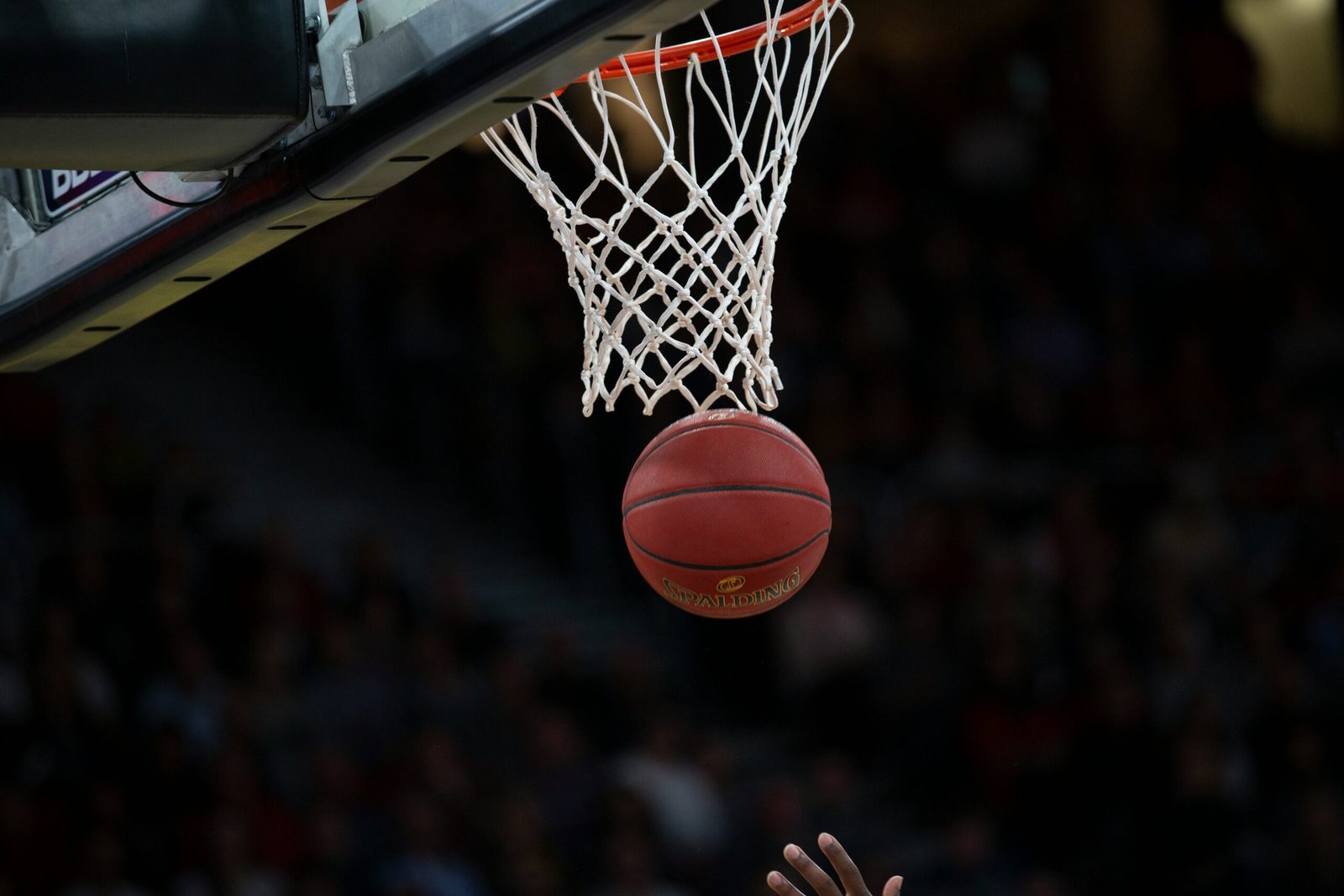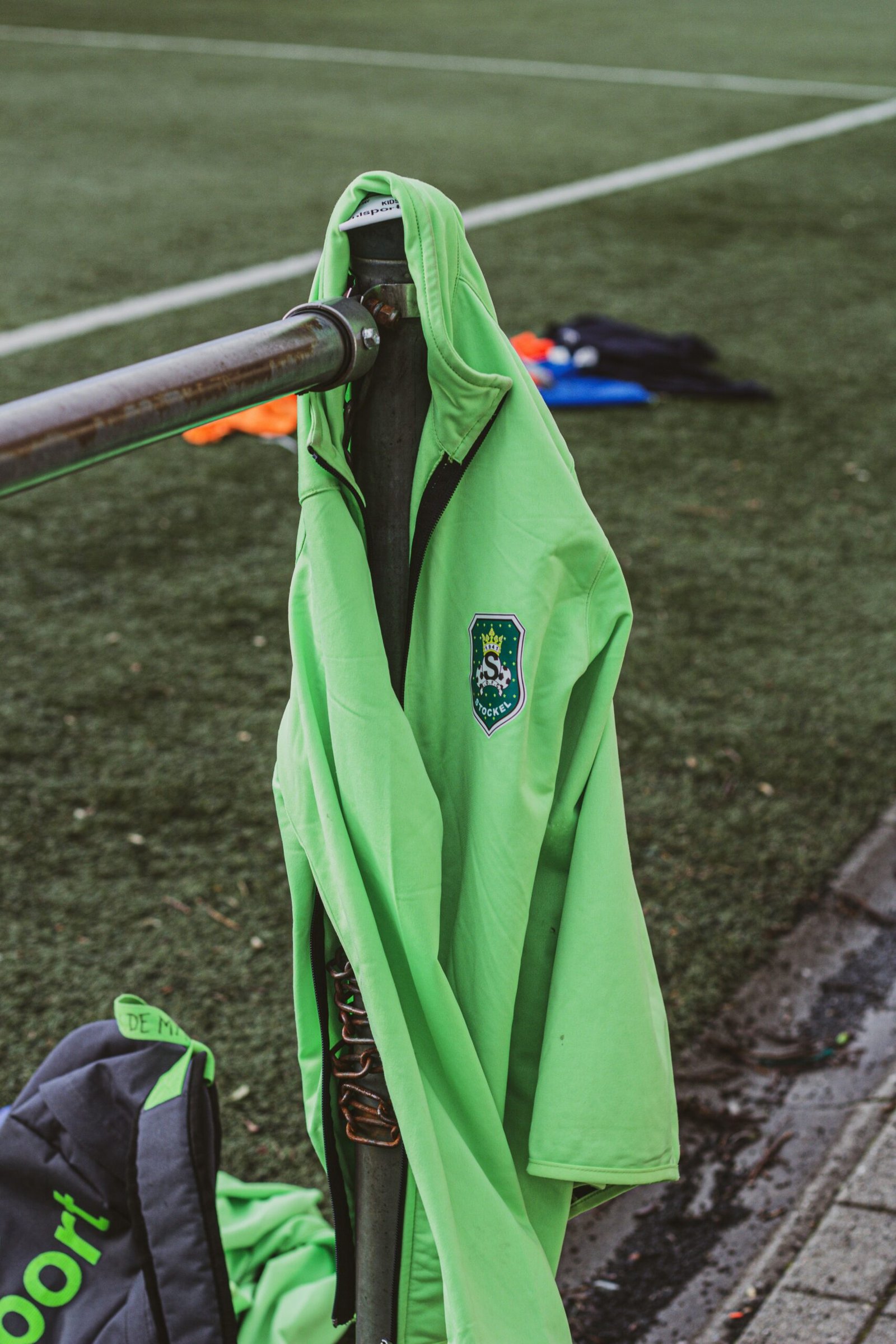Football: America’s Favorite Pastime
American football stands as the most popular sport in the USA, a fact well-documented by the enormous viewership ratings for National Football League (NFL) games and the overwhelming cultural significance the sport holds nationwide. The history of the NFL traces back to its establishment in 1920, and it has since grown into a multi-billion-dollar industry reshaping American sports entertainment.
One of the cornerstones of American football’s popularity is the Super Bowl, the annual championship game that encapsulates the magnitude of the sport’s cultural and economic reach. The Super Bowl isn’t just a football game; it’s a spectacle of entertainment that includes halftime shows by world-renowned artists and commercials that cost millions of dollars per second of airtime. The extensive broadcasting of NFL games, facilitated by long-standing partnerships with major networks, ensures that millions of Americans can partake in football’s excitement each season. These broadcasts also extend to international audiences, further cementing the sport’s popularity.
Beyond entertainment, football has a significant economic impact. The sale of football merchandise, from jerseys to memorabilia, generates billions of dollars annually. Similarly, advertising revenues, especially during peak times like the Super Bowl, contribute enormously to both the sport and related industries. Advertising slots during football games are highly coveted, and brands often invest considerable resources to feature their products prominently during these events.
Furthermore, football season fosters community involvement and a strong sense of camaraderie among fans. Local communities often rally around their high school and college football teams, contributing to a spirit of local pride and unity. Tailgating parties, watch parties, and team pep rallies are common social events that highlight the communal aspect of American football. This social integration of the sport not only keeps fans engaged but also perpetuates its popularity across generations.
Basketball: A Fast-Paced National Obsession
Basketball holds a unique and compelling place in American sports culture. Widely popular across multiple demographics, the sport’s fast-paced action and frequent scoring make it immensely appealing to both players and fans alike. The National Basketball Association (NBA) stands at the pinnacle of this popularity, serving as the primary stage for showcasing the sport’s top athletes and unforgettable moments. Historic figures such as Michael Jordan and LeBron James have not only dominated the court but have also garnered a global fanbase, enhancing the sport’s international reach.
The allure of basketball starts early, as the sport’s accessibility allows people of various age groups to participate. Unlike some sports that require expensive equipment or specialized playing fields, basketball can be played almost anywhere—a driveway, a local park, or a school gymnasium. This ease of access has fostered a grassroots love for the game, which often blossoms into more competitive play at amateur and collegiate levels.
College basketball, particularly the NCAA tournament known as “March Madness,” plays a crucial role in sustaining basketball’s popularity. The tournament captures national attention with its single-elimination format, underdog stories, and dramatic buzzer-beaters. Many NBA legends first gained national recognition during their collegiate careers, making the NCAA a vital pipeline for talent and fan interest.
Moreover, the cultural and social impact of basketball cannot be overstated. Players like Michael Jordan and LeBron James have transcended the sport, becoming global icons and influential figures both on and off the court. Their larger-than-life personas and unmatched skills have drawn international audiences, significantly broadening the sport’s scope and appeal.
In summary, basketball’s popularity in the USA is a multifaceted phenomenon driven by its accessibility, the electrifying nature of the game, pivotal collegiate events like the NCAA tournament, and the unmistakable charisma of NBA stars. This combination ensures that basketball remains a fast-paced national obsession, captivating audiences far and wide.
Baseball: America’s Pastime with Deep Historical Roots
Baseball, often referred to as “America’s pastime,” has been an integral part of American culture since the 19th century. The history of Major League Baseball (MLB) can be traced back to the establishment of the National League in 1876, followed by the formation of the American League in 1901. These two leagues combined forces to create a governing structure that would oversee the sport’s growth and professionalism in the United States.
Significant milestones have defined baseball’s development. One of the most notable is Jackie Robinson breaking the color barrier in 1947 by becoming the first African American to play in the MLB. His courage and skill paved the way for greater inclusivity in the sport. The sport also saw moments of legendary achievements, such as Babe Ruth’s home run records and Joe DiMaggio’s 56-game hitting streak, which have left indelible marks on the game’s history.
The cultural impact of baseball extends beyond the playing field. Baseball cards, for instance, have become a cherished pastime for collectors, representing a tangible link to the sport’s rich history and celebrated players. Similarly, classic baseball films like “Field of Dreams” and “The Sandlot” have captured the imagination of audiences, reinforcing the sport’s nostalgic appeal.
Baseball has an inherent nostalgic sentiment that resonates with fans of all ages. Many American families share multi-generational bonds over the sport, often attending games together and passing down stories of legendary players and unforgettable moments. The annual World Series, which has been held since 1903, epitomizes this tradition, drawing millions of viewers each year and fostering a sense of national camaraderie.
Over the years, baseball has evolved, adapting new technologies and modernizing its rules to maintain its relevance in a rapidly changing world. Despite these changes, the essence of the sport remains, emblematic of American history, tradition, and values. Baseball continues to captivate audiences with its blend of strategy, athleticism, and timeless appeal, ensuring its place as a cornerstone of American culture.
Other Popular Sports: Soccer, Hockey, and Beyond
In the diverse landscape of American sports, soccer and hockey have seen significant growth, drawing in enthusiastic viewership and participation at unprecedented levels. Soccer, particularly, has made significant strides over the past few decades, cementing its status with the emergence of Major League Soccer (MLS) and the American success on the global stage. The increasing visibility and successes of the US Women’s National Team have also played a pivotal role, captivating audiences with their string of World Cup victories and Olympic performances. The sport’s appeal is expanding, reflected in growing youth participation rates and the construction of new stadiums across the country.
Hockey, meanwhile, has maintained its steadfast presence, particularly in colder regions where ice hockey is a staple of local culture. The National Hockey League (NHL) has been pivotal in promoting the sport, fostering a passionate fan base and delivering thrilling seasons year after year. In states like Minnesota and Massachusetts, hockey is more than a sport; it’s a tradition. The sport’s rigor and the skill level displayed continue to enthrall a nationwide audience, underscoring hockey’s prominent role in American sports culture.
Beyond these traditionally popular sports, there has been a notable rise in the popularity of other activities. Emerging sports such as lacrosse and rugby are starting to garner attention, with increasing numbers of colleges and high schools introducing these sports into their athletic programs. Similarly, extreme sports, including skateboarding and BMX, have captured the imagination of a younger, more adventurous demographic. These sports, often showcased in the X Games and now part of the Olympic program, offer a fresh and exhilarating alternative, appealing to those looking for high-adrenaline challenges.
Collectively, these sports illustrate the dynamic nature of American sports culture, continually evolving and expanding to encompass a wide array of athletic pursuits. Whether it’s the global allure of soccer, the regional fervor for hockey, or the daring edge of extreme sports, the athletic landscape in the USA is as diverse as it is captivating.



